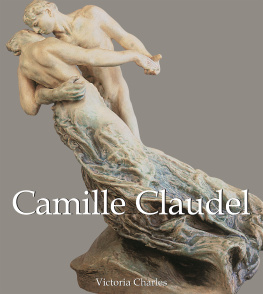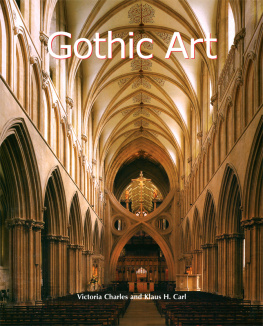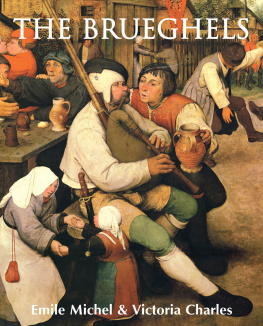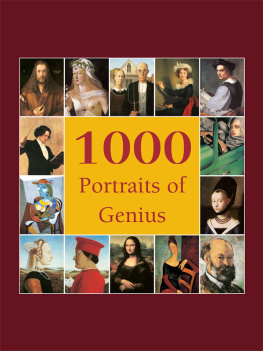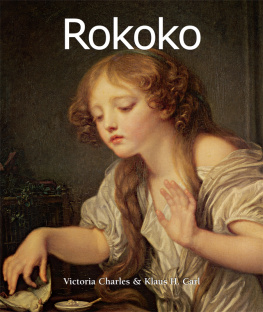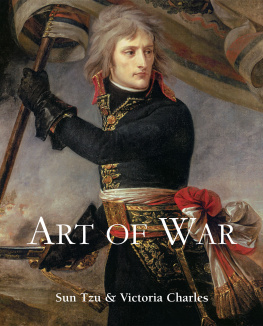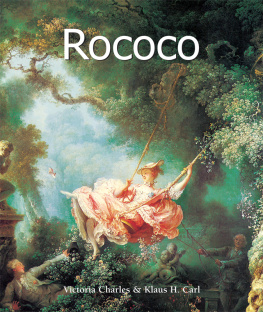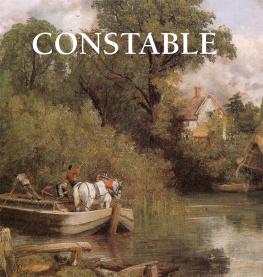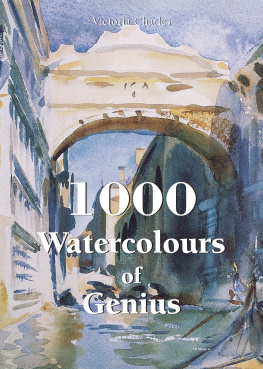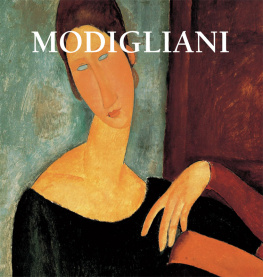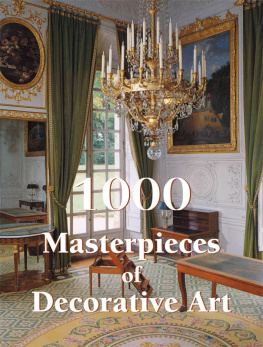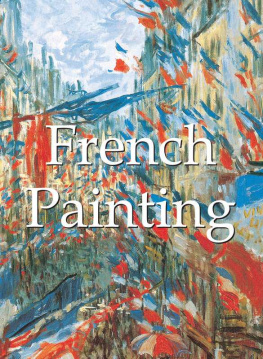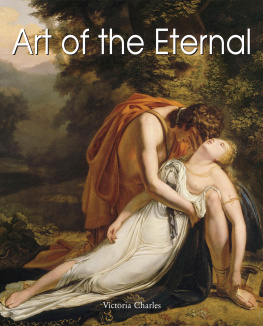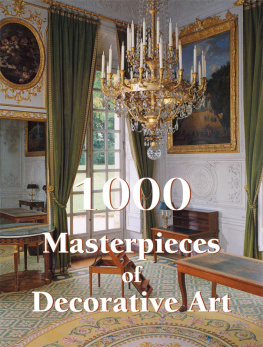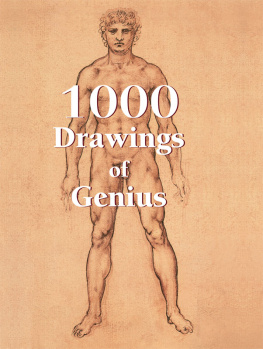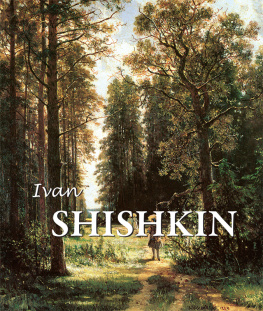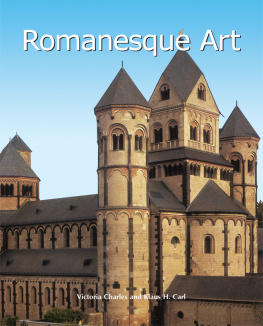Charles Victoria - Camille Claudel
Here you can read online Charles Victoria - Camille Claudel full text of the book (entire story) in english for free. Download pdf and epub, get meaning, cover and reviews about this ebook. City: New York;France, year: 2018, publisher: Parkstone International, genre: Non-fiction. Description of the work, (preface) as well as reviews are available. Best literature library LitArk.com created for fans of good reading and offers a wide selection of genres:
Romance novel
Science fiction
Adventure
Detective
Science
History
Home and family
Prose
Art
Politics
Computer
Non-fiction
Religion
Business
Children
Humor
Choose a favorite category and find really read worthwhile books. Enjoy immersion in the world of imagination, feel the emotions of the characters or learn something new for yourself, make an fascinating discovery.
- Book:Camille Claudel
- Author:
- Publisher:Parkstone International
- Genre:
- Year:2018
- City:New York;France
- Rating:5 / 5
- Favourites:Add to favourites
- Your mark:
- 100
- 1
- 2
- 3
- 4
- 5
Camille Claudel: summary, description and annotation
We offer to read an annotation, description, summary or preface (depends on what the author of the book "Camille Claudel" wrote himself). If you haven't found the necessary information about the book — write in the comments, we will try to find it.
Camille Claudel — read online for free the complete book (whole text) full work
Below is the text of the book, divided by pages. System saving the place of the last page read, allows you to conveniently read the book "Camille Claudel" online for free, without having to search again every time where you left off. Put a bookmark, and you can go to the page where you finished reading at any time.
Font size:
Interval:
Bookmark:
Author:
Victoria Charles
Layout:
Baseline Co. Ltd
Ho Chi Minh City, Vietnam
Confidential Concepts, worldwide, USA
Parkstone Press International, New York, USA
Image-Bar www.image-bar.com
All rights reserved.
No part of this publication may be reproduced or adapted without the permission of the copyright holder, throughout the world. Unless otherwise specified, copyright on the works reproduced lies with the respective photographers, artists, heirs or estates. Despite intensive research, it has not always been possible to establish copyright ownership. Where this is the case, we would appreciate notification.
ISBN: 978-1-68325-682-3
Victoria Charles
Camille Claudel
(1864-1943)

There is always something missing that torments me.
Camille Claudel
Contents
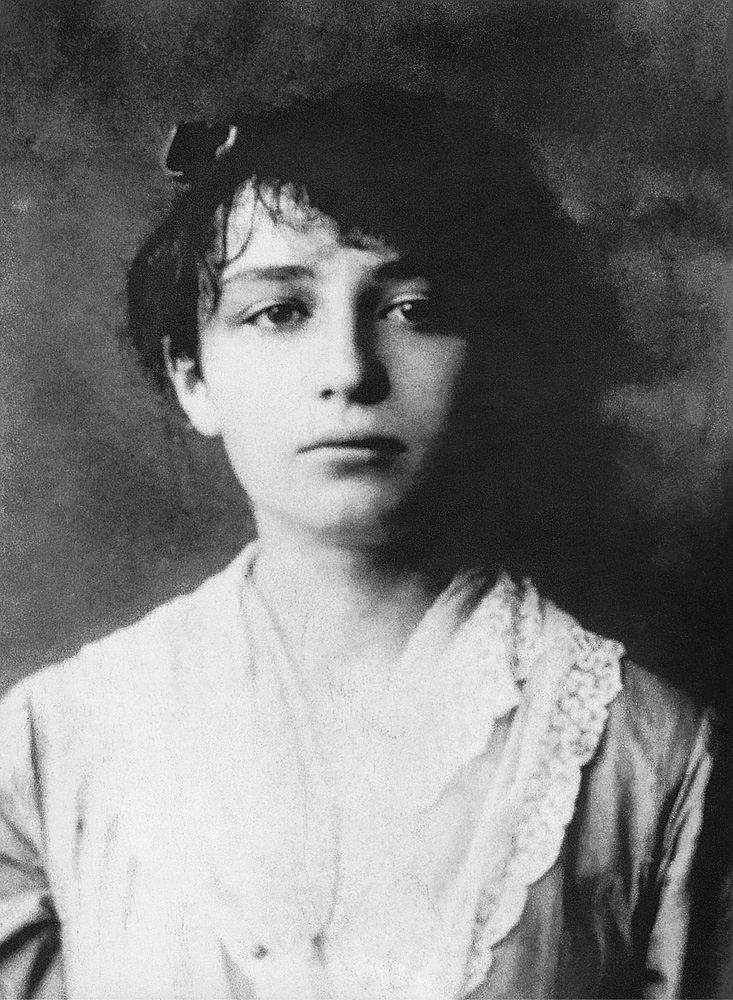
Camille Claudel, 1884
Photograph
1864:Camille Claudel is born on 8 December in Fre-en-Tardenois as second child of Louis-Prosper Claudel and Louise-Athanase Cerveaux.
1876:Camille models her first figurines in terracotta: David and Goliath, Bismarck and Napolon.
1879:Presumably in this year Camille meets the sculptor Alfred Boucher who recognises her gift and tries to convince her family of the necessity of an academic education.
1881:In Paris she attends courses in drawing and anatomy at the Acadmie Colarossi. Her first remaining signed work is the Paul Claudel at Thirteen.
1883:Rodin supervises the class of Camille and her friends in their studio at Rue Notre-Dame-des-Champs. That autumn Rodin and Camille begin an intimate relationship.
1884:Camille enters the atelier of Rodin as trainee; she also becomes his model. Camille also continues to work in her own name: Torso of a Crouching Woman and Young Roman (My Brother at Sixteen).
1885:Camille becomes an official collaborator of Rodin and works together with her friend Jessie Lipscomb in his atelier.
1888:Rodin rents a studio and works there together with Camille. Because of the fact that the two sculptors work and live so closely together, it is difficult to tell who influences whom.
1894:Camille breaks off her love affair with Rodin and tries to become more independent in her artistic career.
1896:Mathias Morhardt (editor of the journal Le Temps), Mirbeau and Rodin try to support her by mediating between her and the collectors. But most of these arrangements fail because of Camille herself.
1898:Camille definitively terminates the relation with Rodin and turns away from him and his supporters.
1900:Camille shows three works at the World Exhibition and meets the gallery owner Eugne Blot, who will become her representative and supporter.
1904:After a long phase of permanent criticism by the public and by her family about her way of living for her passion, she is now tormented by heavy doubts about her decision.
1905:Different critics publish detailed articles and praise her exhibition with Bernard Hoetger as a great success for Camille Claudel, but this acknowledgement does not change her bad mental state.
1905-1906:Camille shows first signs of isolation and neglect. Her friend Henri Asselin writes that she systematically destroys what she has created throughout the whole year.
1908:In December she has her last solo exhibition at the Gallery Blot with eleven works.
1913:Her father dies at Villeneuve on 2 March. Camille is not present at the funeral; presumably she was not informed by her family. Eight days later, Camille is admitted to a mental home at the instigation of her family.
1914:Rodin sends money to Mathias Morhardt to pay Camilles hospital costs. Morhardt suggests that he dedicates one room of the Htel Biron to Camilles work and Rodin does so. Camille is sent to the hospital of Montdevergues at Montfavet, near Avignon.
1915:Her mother forbids Camille any contact besides her brother and herself.
1929:Louise-Athanase dies in Villeneuve on 20 June.
1943:Camille Claudel dies on 19 October and is buried the next day in the cemetery at Montfavet.

Although Camille Claudels name has always been connected with Auguste Rodin, there is no denying that she was an artist in her own right. Camilles strength came from within; she endured the anger and disapproval of family members, Rodins refusal to marry her, and the rejection of her work by several French ministries, who, in their capriciousness then denied her commissions. She chose a difficult medium to work in, yet from this medium came a sensuality, a love of the human body, and emotions so deep that we are caught up in what she must have felt during the creative process. Many of her works have disappeared or were destroyed, but enough remain that we can see the essence of the person that was Camille Claudel.
Camille Claudel was born on 8 December 1864 in Fre-en-Tardenois, a village in Frances Champagne district. Citizens of the area were hard-working conservatives concerned with making a decent living under societys scrutiny and approval. Many earned their living as farmers, shopkeepers or artisans. Her parents, Louis-Prosper and Louise-Athanase Cerveaux, had married in 1860. Louis-Prosper, educated by the Jesuits in Strasbourg, was employed as a registrar of mortgages in several towns, including Bar-le-Duc, where in 1870 Camille first attended a school conducted by the Sisters of Christian Doctrine. Although essentially middle class, the Claudels considered themselves a step above others in the community. Louise-Athanases father had been a physician and it was she who provided a home in Villeneuve-sur-Fre, about eight kilometres from Fre-en-Tardenois, and where the family eventually settled about four years later. Although they moved several times over the years, the family always came back to Villeneuve-sur-Fre for the summer.
Camilles sister Louise was born in 1866 and her brother Paul two years later. Paul was to become a diplomat, poet, and the sibling that Camille turned to during times of stress. The familys relationships often became strained and volatile. Camilles mother, a plodding woman with strong moral sensitivities, would later refuse to see, speak to or support her daughter. Camilles support came primarily from men; within her family it came from her father and Paul.
Within the village of craftsmen and construction workers, old hatreds, gossip and backbiting smouldered constantly. Most of the small-minded atmosphere was lost on Camille once she discovered the red clay used in constructing roof tiles for buildings in the area. When she found that by digging her fingers into the clay and working her hands around it she could form intricate shapes that held their form after they were baked in the kiln on the family property, nothing else held her attention. From then on, she forced others usually friends and siblings to share her interest, employing them as clay gatherers, models or plaster-preparers. As they tired of her projects, they usually disappeared when they saw Camille coming.
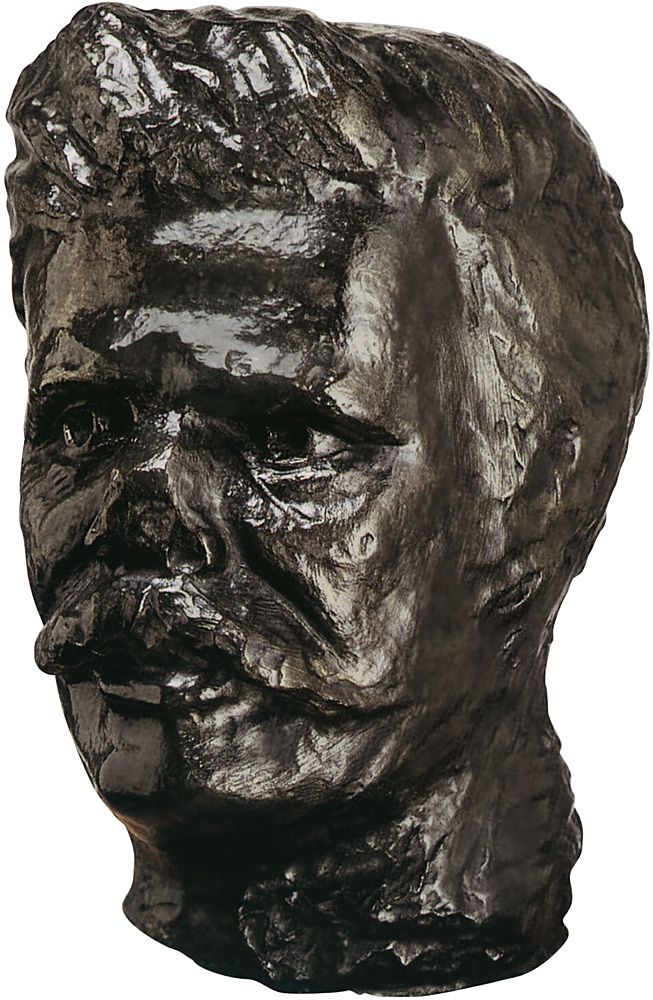
Font size:
Interval:
Bookmark:
Similar books «Camille Claudel»
Look at similar books to Camille Claudel. We have selected literature similar in name and meaning in the hope of providing readers with more options to find new, interesting, not yet read works.
Discussion, reviews of the book Camille Claudel and just readers' own opinions. Leave your comments, write what you think about the work, its meaning or the main characters. Specify what exactly you liked and what you didn't like, and why you think so.

